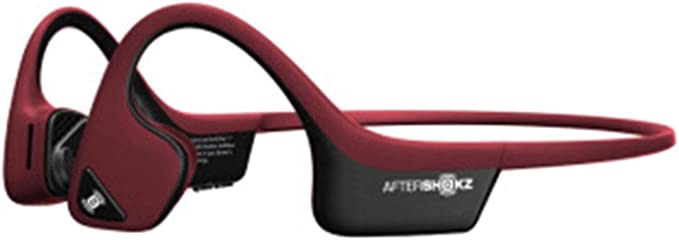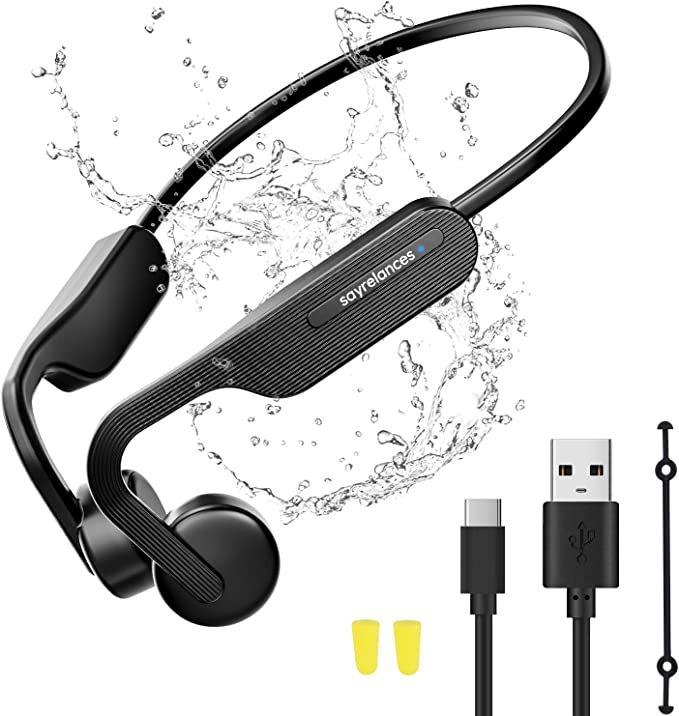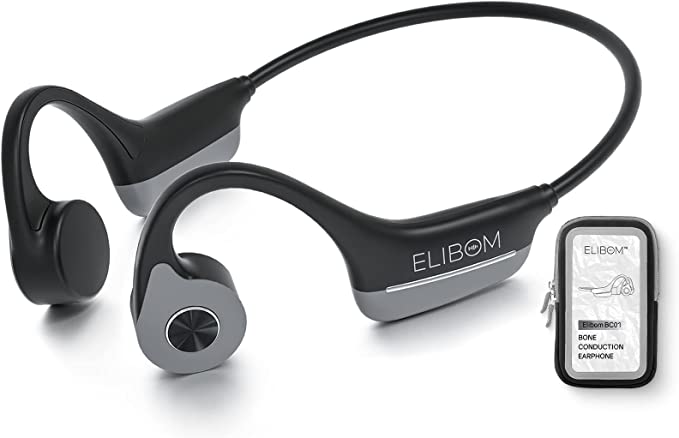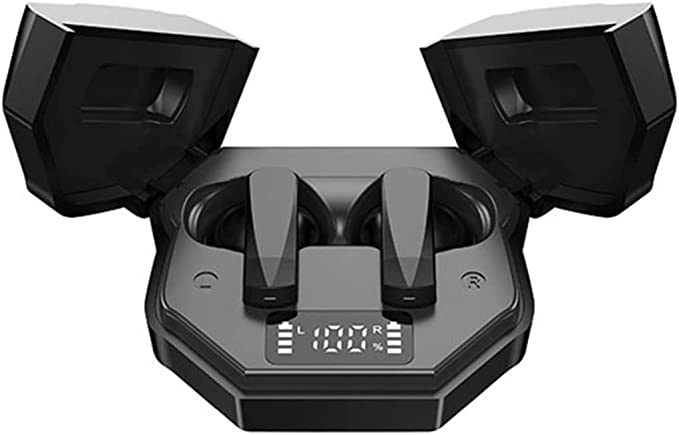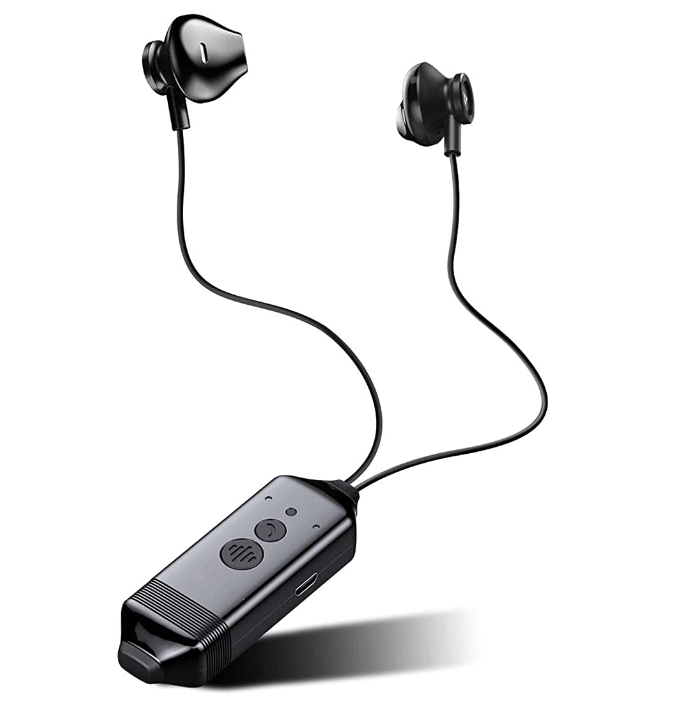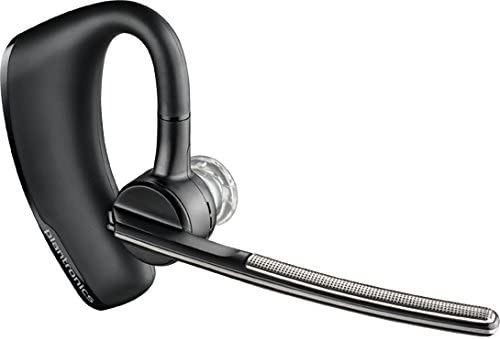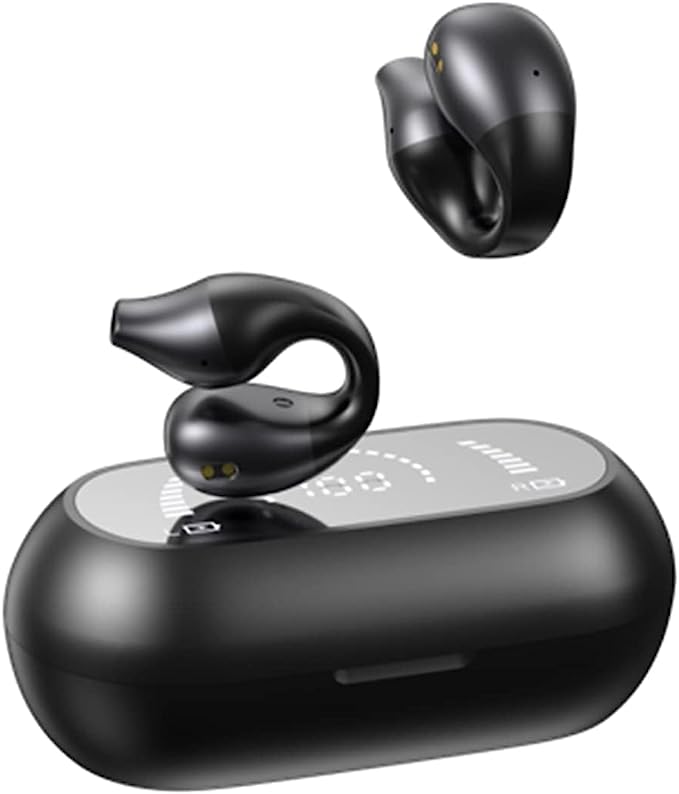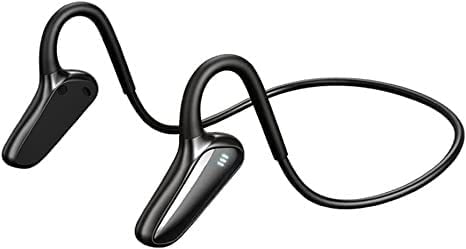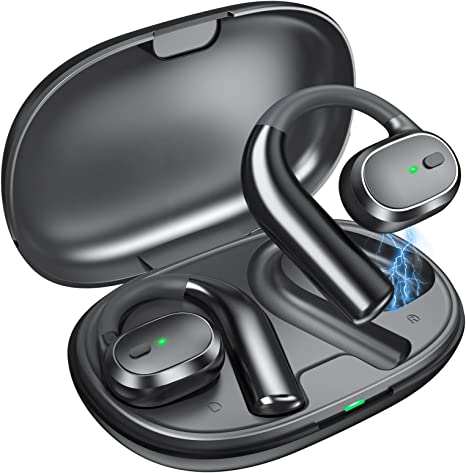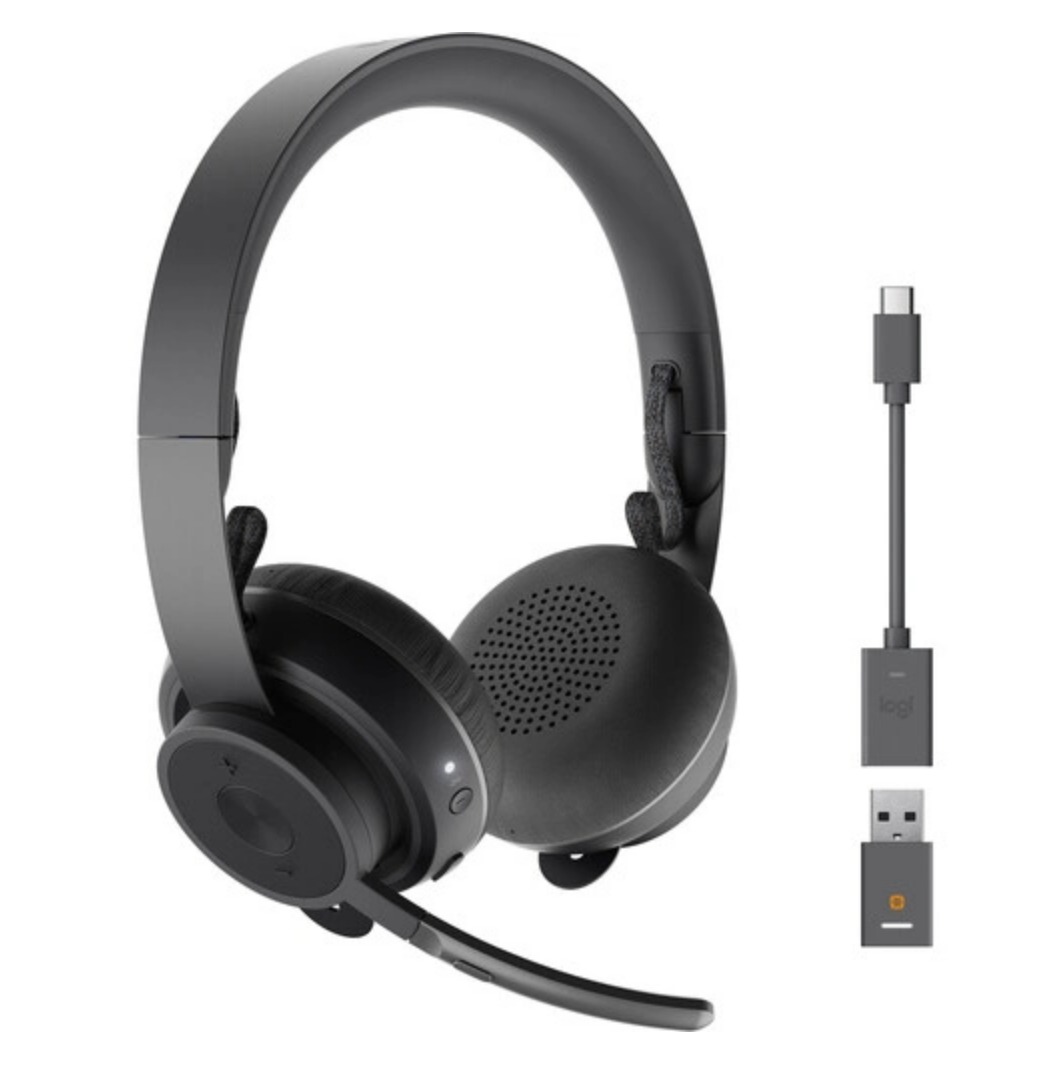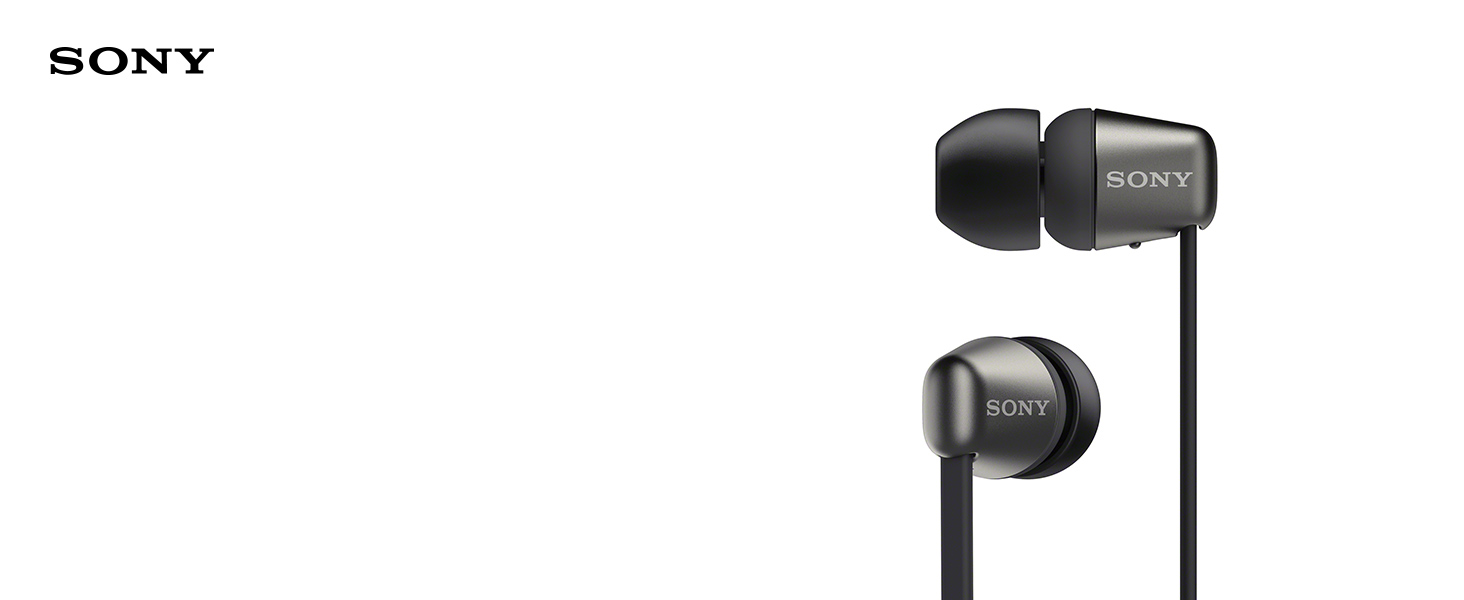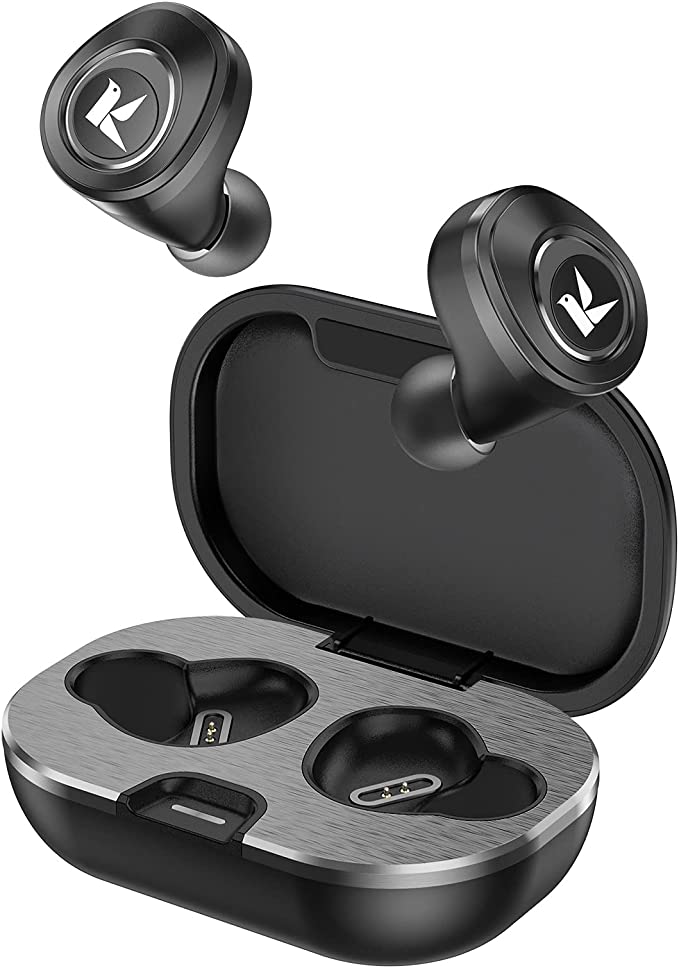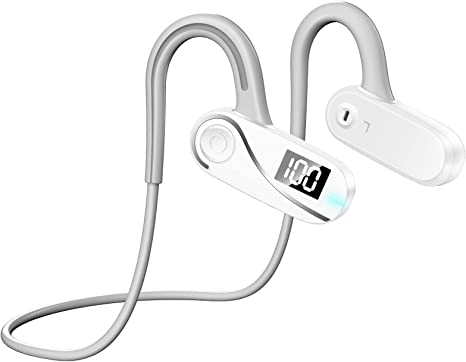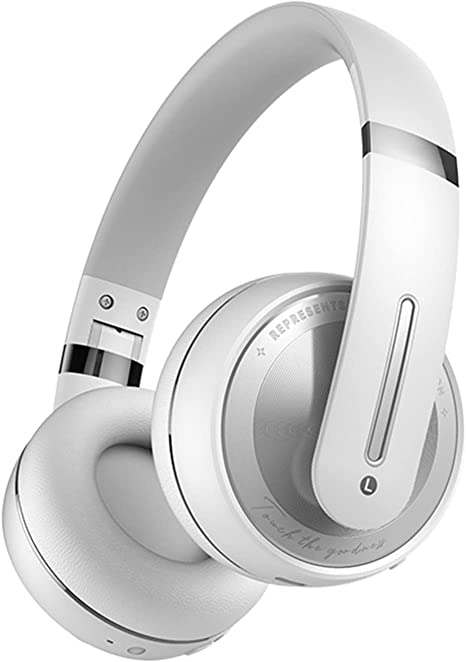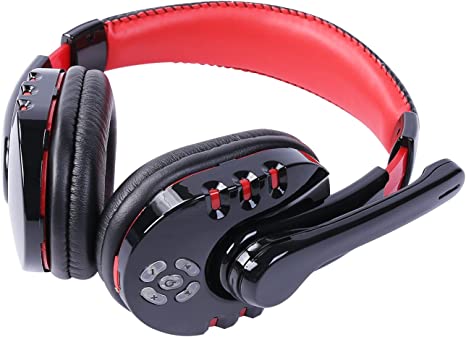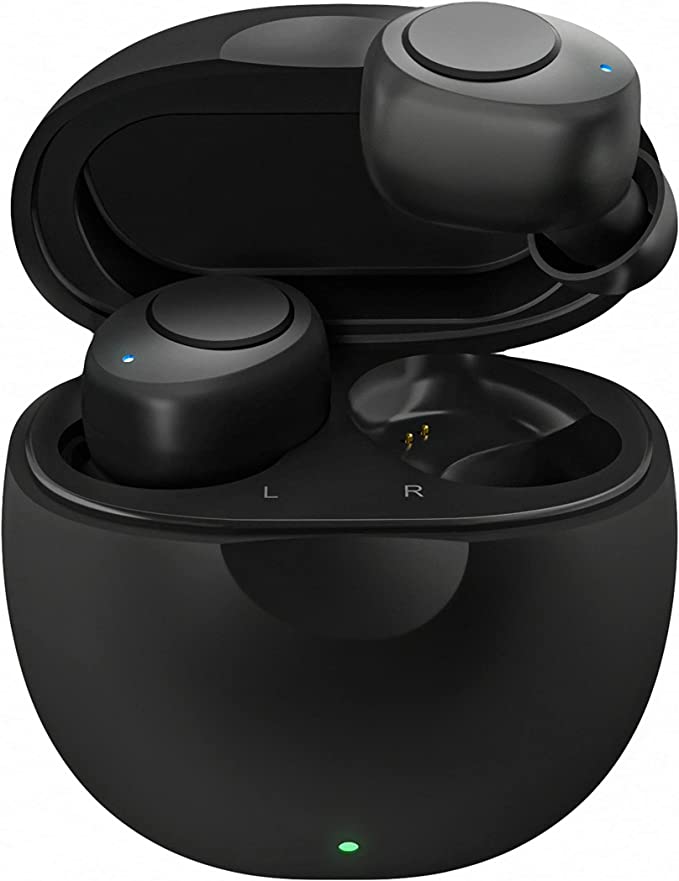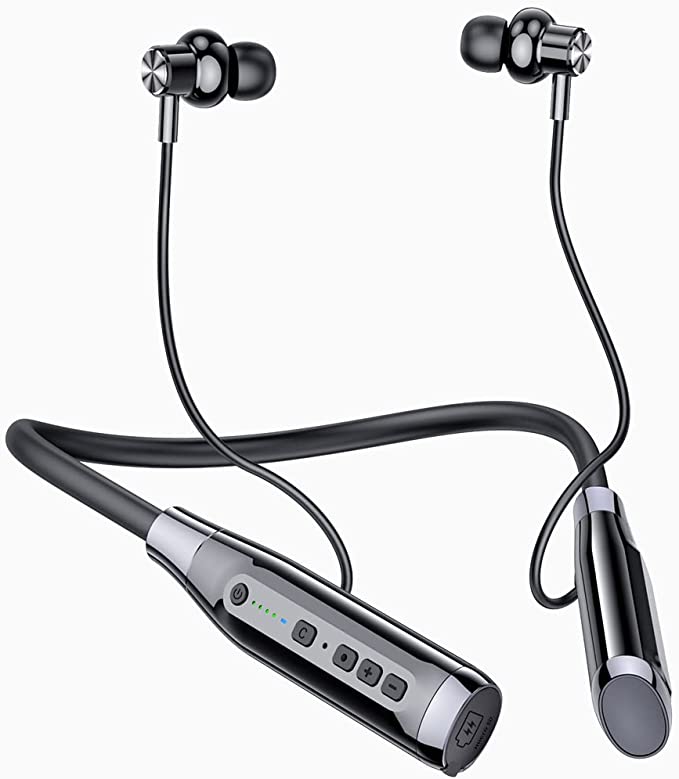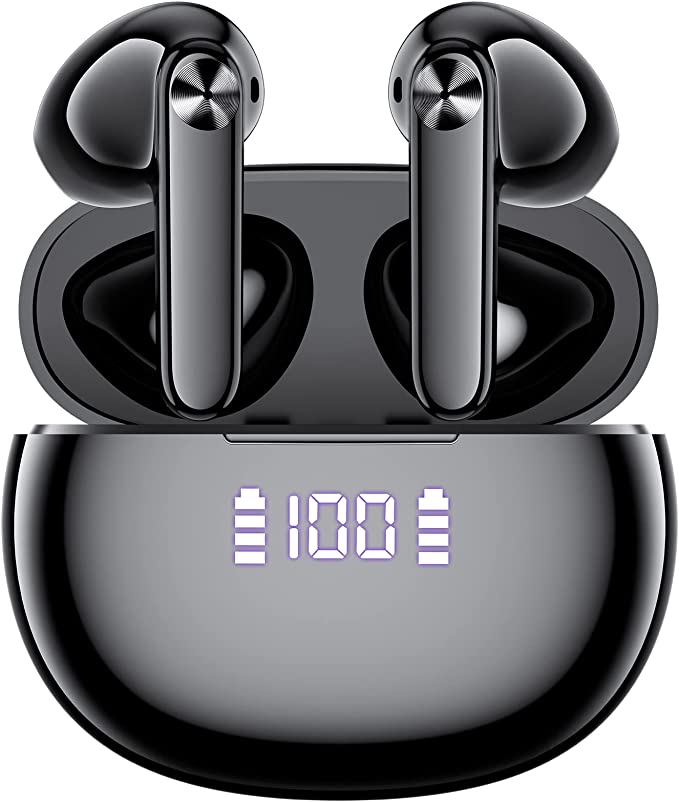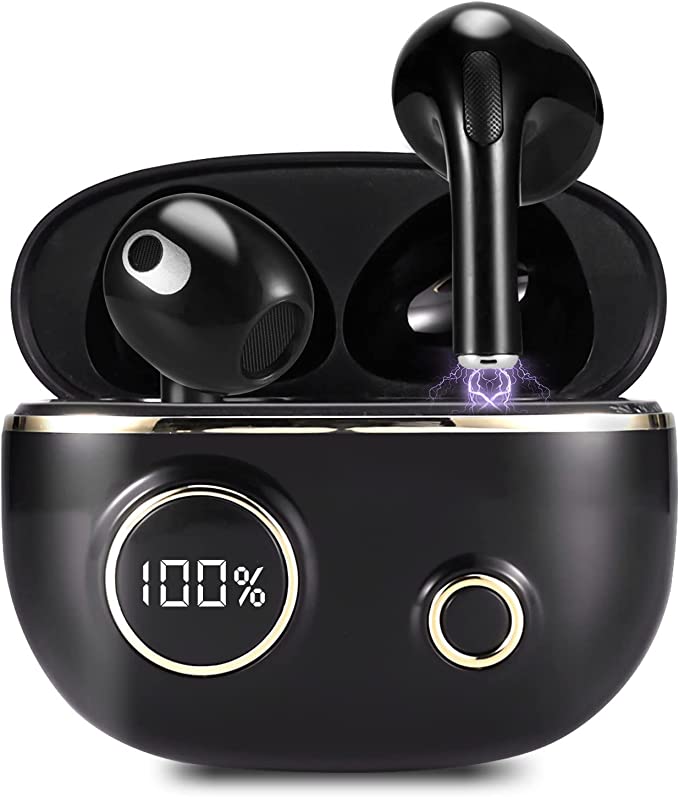Shokz OpenComm: Bone Conduction Headset for Clear Communication and Situational Awareness
Update on Feb. 19, 2025, 10:22 a.m.
Imagine you’re cycling down a busy street, enjoying your favorite podcast. Suddenly, a car horn blares, but you don’t hear it. Your headphones, while delivering excellent sound quality, have completely isolated you from your surroundings, creating a potentially dangerous situation. This is a common problem with traditional headphones – they block out the very sounds we often need to hear. But what if there was a way to enjoy audio without sacrificing situational awareness? There is, and it’s called bone conduction. And a leading example of this technology in action is the Shokz OpenComm headset.

Beyond the Eardrum: How Bone Conduction Works
To understand bone conduction, we first need to understand how sound works. Sound is, essentially, vibration. When you pluck a guitar string, it vibrates, creating waves that travel through the air. These waves reach your ear, where they vibrate your eardrum. This vibration is then transmitted through tiny bones in your middle ear to the cochlea, a fluid-filled structure in your inner ear. The cochlea converts these vibrations into electrical signals that your brain interprets as sound. This is air conduction, the way we typically hear.
But there’s another pathway: bone conduction. Instead of traveling through the air and eardrum, sound vibrations can travel directly to the cochlea through the bones of your skull. Think of it like feeling the rumble of a passing train through your feet, even before you hear it clearly. The vibrations travel through the ground and up your legs, bypassing your ears entirely. Bone conduction works on the same principle. The headset’s transducers, placed on your cheekbones just in front of your ears, generate vibrations that travel through your skull bones directly to your cochlea. Your brain interprets these vibrations as sound, just as it does with air-conducted sound.
A History Whispered Through Bone: From Beethoven to Modern Tech
The concept of bone conduction isn’t new. In fact, it has a surprisingly long and fascinating history. One of the earliest, and perhaps most famous, examples is Ludwig van Beethoven. As he began to lose his hearing, he reportedly used a rudimentary form of bone conduction by clenching a rod in his teeth and touching the other end to his piano. The vibrations from the piano traveled through the rod, his teeth, and his skull, allowing him to perceive the music.
For centuries, bone conduction remained a relatively niche phenomenon. However, it found a crucial application in the development of hearing aids. Individuals with certain types of hearing loss, particularly those with problems in the outer or middle ear, can benefit significantly from bone conduction devices. These devices bypass the damaged parts of the ear and deliver sound directly to the cochlea.
In recent years, bone conduction technology has made the leap to consumer electronics, particularly in the form of headphones. This has been driven by advancements in transducer technology, materials science, and a growing awareness of the benefits of open-ear listening.

Shokz OpenComm: Engineering Sound for the Open Ear
The Shokz OpenComm represents a significant step forward in bone conduction technology. This isn’t just a rehash of old ideas; it’s a carefully engineered device designed for modern communication and lifestyle needs. The OpenComm boasts Shokz’s 7th generation bone conduction technology. What does that mean in practice? It means improved transducer efficiency and a more refined vibration pattern, resulting in clearer sound and reduced vibration sensation on the skin.
Another key technology is PremiumPitchTM2.0. This is Shokz’s proprietary audio processing technology that further enhances the sound quality. It dynamically adjusts the equalization to optimize the audio for voice communication, ensuring that voices sound clear and natural. And the OpenComm’s signature feature, it’s an open-ear design.
The Silence of the Noise: Mastering Clear Communication
One of the biggest challenges in today’s world is clear communication, especially in noisy environments. Whether you’re on a conference call in a bustling office, taking a call while walking down a busy street, or working from home with kids playing in the background, background noise can make it difficult to hear and be heard.
The Shokz OpenComm tackles this problem head-on with its DSP (Digital Signal Processing) noise-canceling boom microphone. This isn’t just a simple microphone; it’s a sophisticated system that uses algorithms to identify and filter out unwanted background noise. Think of it like this: the microphone “listens” to both your voice and the surrounding environment. It then uses clever processing to separate your voice from the noise, ensuring that the person on the other end of the call hears you clearly, even if you’re in a noisy environment.
Consider a real-world example: imagine you’re a truck driver making a delivery in a busy city. With a traditional headset, the roar of traffic and construction noise would make it nearly impossible to communicate with dispatch. But with the OpenComm’s noise-canceling microphone, your voice comes through clearly, allowing you to communicate effectively and safely.

Beyond the Office: OpenComm in Your Life
While OpenComm, excels in workplace, its use isn’t limited there.
- Workplace Scenarios: Imagine being on a Zoom call, fully engaged, yet still able to hear a colleague ask a quick question or the sound of the office printer signaling your document is ready. The OpenComm’s open-ear design fosters a more natural and connected work environment, whether you’re in a traditional office or working remotely.
- Commuting and Travel: Stay connected while staying safe. Hear important announcements on the train platform, answer calls while cycling (where permitted), and maintain awareness of your surroundings at all times.
- Fitness and Outdoor Activities: Enjoy your favorite workout playlist without losing track of approaching cyclists, pedestrians, or the sounds of nature. The IP55 water resistance rating means you don’t have to worry about sweat or light rain.
- Everyday Use: Listen to podcasts while cooking, audiobooks while doing chores, or take calls while keeping an ear on your kids.
Choosing Your OpenComm: UC vs. Standard
A quick note on models: the OpenComm comes in two main versions. The standard OpenComm is ideal for most users, pairing seamlessly with smartphones and other Bluetooth devices. The OpenComm UC includes a USB dongle (the Loop 100) for a more stable and optimized connection with computers, particularly for use with communication platforms like Microsoft Teams and Zoom.
Addressing Common Concerns: Sound Quality and Leakage
It’s important to be honest about the limitations of bone conduction. While the technology has come a long way, it typically doesn’t deliver the same level of bass response as traditional headphones, particularly high-end, over-ear models. This is due to the physics of bone conduction; transmitting low-frequency vibrations through bone is more challenging than transmitting them through air.
However, it’s crucial to put this in context. The OpenComm is designed primarily for communication, not for critical music listening. For voice calls, podcasts, and audiobooks, the sound quality is excellent – clear, crisp, and natural. And, interestingly, there’s a way to enhance the bass response if you do want to listen to music: earplugs. By blocking the ear canal, you essentially force more of the sound energy to travel through the bones, resulting in a richer, more bass-heavy sound.
Sound leakage is another potential concern. Because the transducers vibrate against your skin, some sound can escape and be heard by those nearby, especially at high volumes. However, Shokz has made significant strides in minimizing leakage with its 7th generation technology and PremiumPitchTM2.0. In most real-world scenarios, leakage is not a significant issue, especially at moderate listening volumes.

The Future is Open: The Continued Evolution of Bone Conduction
Bone conduction technology is continuing to evolve. We can expect to see further improvements in sound quality, reduced leakage, and even more sophisticated noise-canceling capabilities. The integration of bone conduction with other technologies, such as augmented reality and virtual reality, also holds exciting possibilities. Imagine a future where you can interact with virtual worlds while remaining fully aware of your physical surroundings, all thanks to the power of bone conduction. The Shokz OpenComm is a glimpse into that future, a future where sound is experienced in a more open, natural, and connected way.
